Ashley B.
Content Writer (Hi! I’m Ashley, a Linux Administrator with a passion for making Linux simpler and more accessible for beginners. Since 2021, I’ve been writing friendly, practical guides at OperaVPS to help users install software, use the command line, and get comfortable with their VPS. Linux doesn’t have to be intimidating. and I’m here to show that anyone can learn it with the right support and a little curiosity.

How to Install Django on Ubuntu for Web Development
Django is a free and open-source framework written in Python that is designed to help developers, governments, top technology companies, and organizations develop their websites and applications. In this article, you will learn How to Install Django on Ubuntu through four different methods. As the most popular framework, Django is used in the development of […]
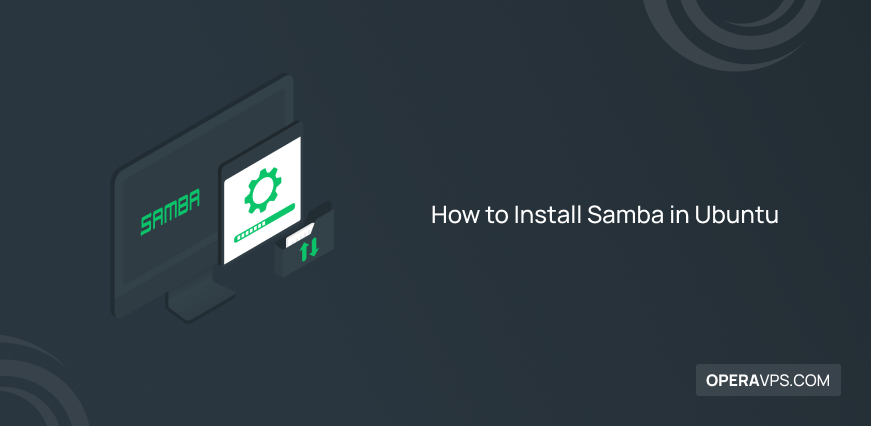
How to Install Samba in Ubuntu
If you are a team member and connected to a network where devices are running different operating systems, sharing files, printers, and various resources between different computers on the network is likely to be challenging for you. Undoubtedly, this problem has been annoying for you, and you have made many efforts to find a solution. […]

Linux Configuration Files ➞ Complete Explanation and Editing
Without the editing Linux configuration files knowledge, you are not even close to being a perfect Linux administrator. What is happening inside the Linux operating system? Do not worry, this tutorial responds!
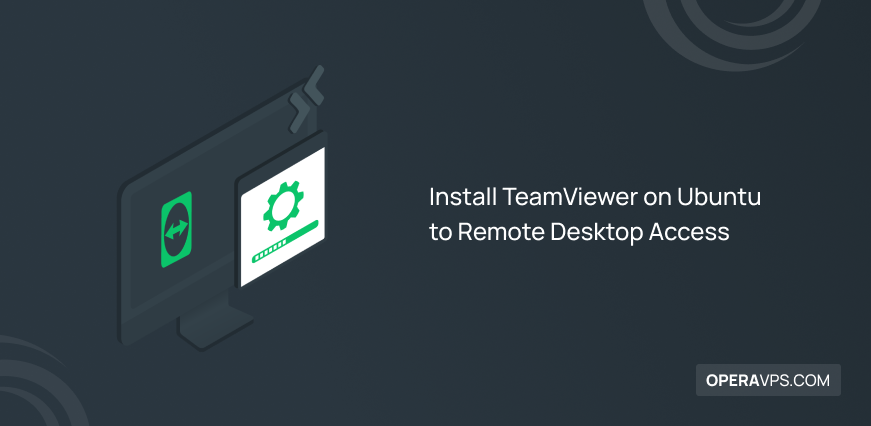
Install TeamViewer on Ubuntu to Remote Desktop Access
If you are a member of a team collaborating online on a project, secure and easy remote access to computers to create desktop sharing sessions, online meetings, file sharing, web conferences, and other objectives is essential to you. This issue will be one of your main concerns and crucial needs in online collaboration. Using an […]
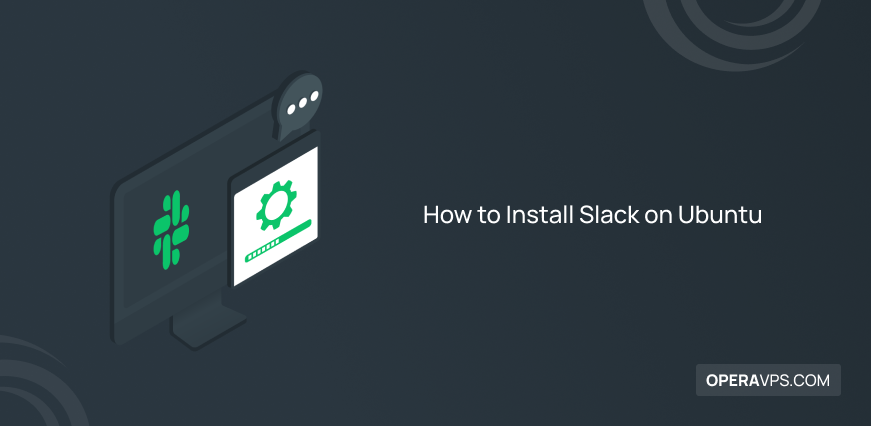
How to Install Slack on Ubuntu
Technology changes our lifestyle. In today’s digital world, working with a coworker doesn’t always require being in the same place. Slack is one of the platforms that allows people to communicate regardless of their location. Install Slack on Ubuntu comes with 4 different techniques, and you will learn all of them in this article. As […]
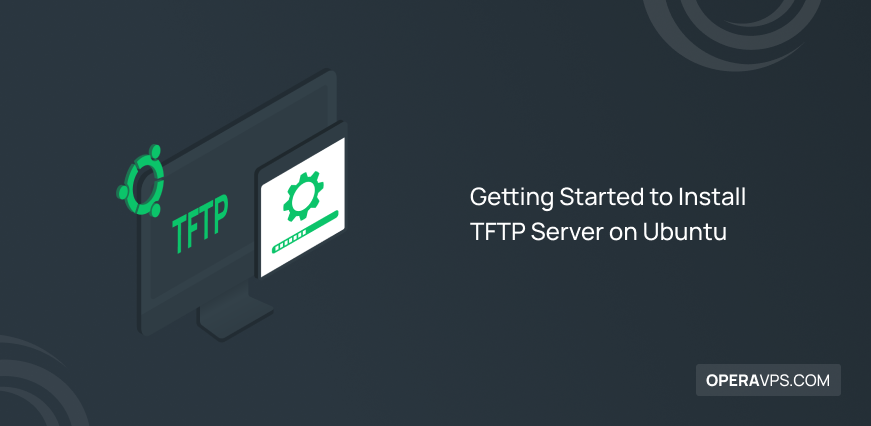
Getting Started to Install TFTP Server on Ubuntu
Linux administrators/users use Trivial File Transfer Protocol (TFTP) as a simple and fast way to transfer small files between servers and computers. While TFTP works on a variety of other Linux Server distributions, Install TFTP Server on Ubuntu is what you will learn in this article. When two computer systems on a network need to […]

How to Install Plex in Ubuntu to Store Media
Plex is a media server and streaming platform that allows users to store, play, and manage their media content, such as music, movies, photos, TV shows, and more. So, if you’re into watching movies and TV shows, Plex is an excellent solution for accessing and organizing your digital media content. Through its attractive user interface, […]
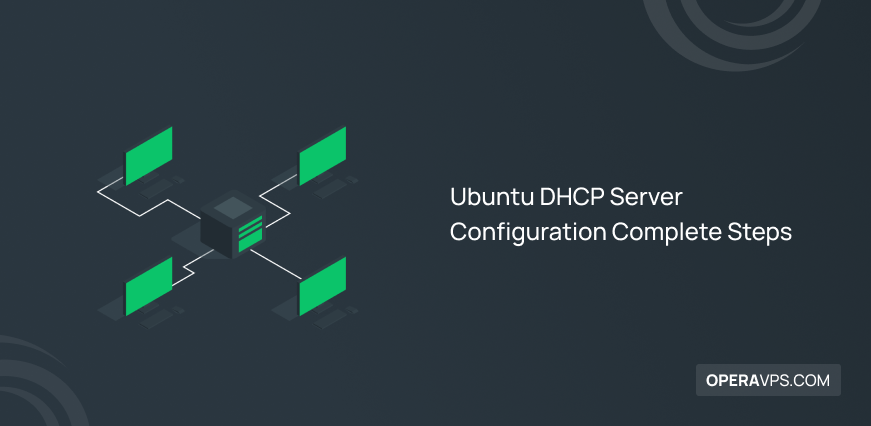
Ubuntu DHCP Server Configuration Complete Steps
A DHCP (Dynamic Host Configuration Protocol) server is a network protocol and software service used to automatically assign IP addresses and other network configuration information to devices in a network without manual intervention. Imagine you have multiple clients on your network that need IP addresses and network configurations to establish connections with each other and […]
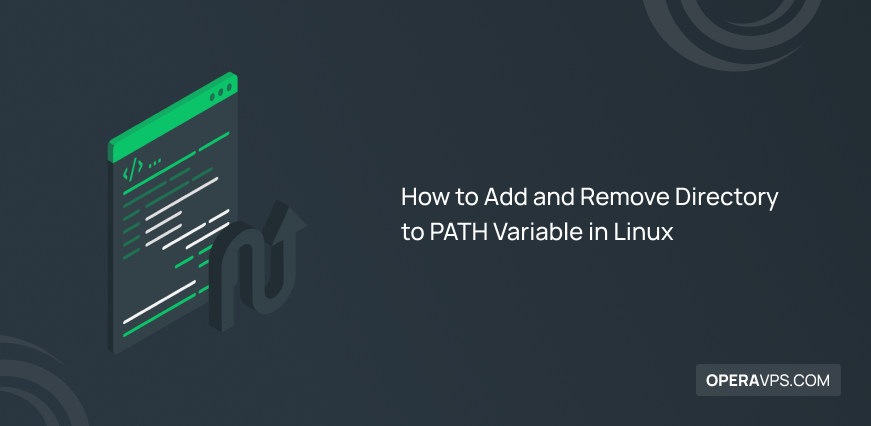
How to Add and Remove Directory to PATH Variable in Linux
As a Linux user, you might need to execute a command with no path specifying. The PATH is an environment variable and an essential component of the Linux system. In this article, you will learn How to Add and Remove Directory to PATH Variable in Linux. Finding the location of the commands you run is […]

7 Ways to Restart Network in Linux Ubuntu, Debian, CentOS
Network connecting issues are really frustrating since disturb most of the daily actions. Restart Network in Linux is simply possible through some methods. In this article, we will explain 7 ways to restart network which are divided into using Command Line and GUI. Different Linux distribution users such as Ubuntu, Debian, and CentOS would find […]
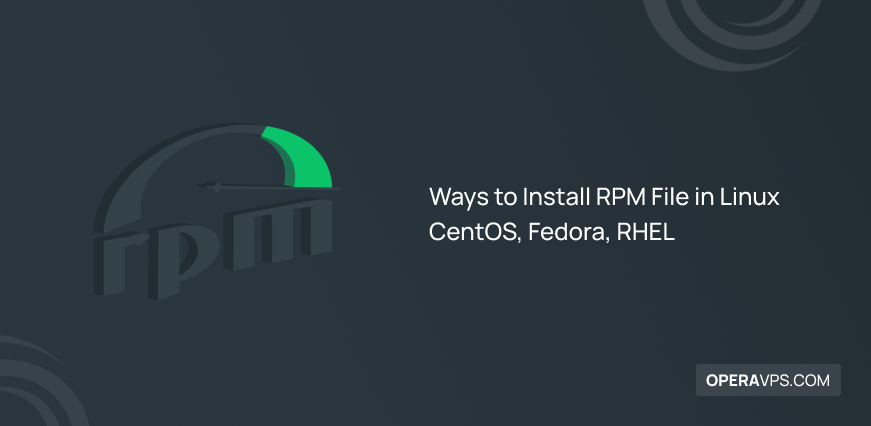
4 Ways to Install RPM File in Linux CentOS, Fedora, RHEL
One of the file formats that is more noticeable when interacting with and managing files in the Red Hat family of Linux distributions is files with the .rpm extension. An RPM (Red Hat Package Manager) file is a specific software package in a file format used by Red Hat-based distributions such as Fedora, CentOS, and […]
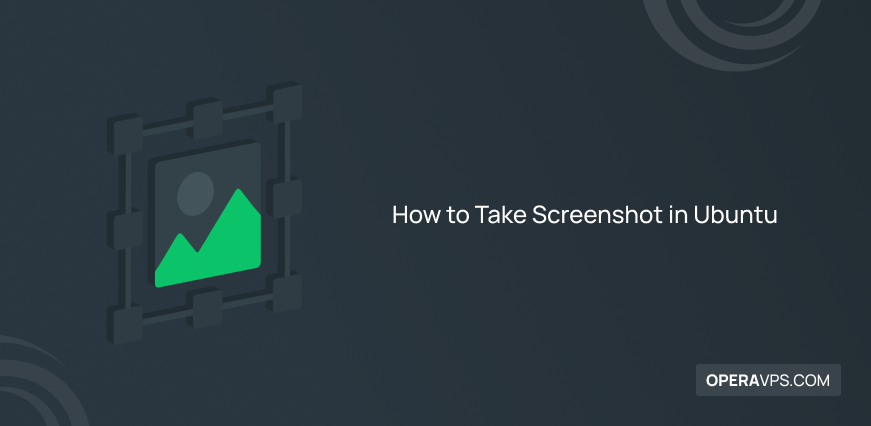
How to Take Screenshot in Ubuntu with 7 Useful Methods
One of the actions Ubuntu beginners soon wish to do is to take screenshots. Although a built-in tool allows users to Take Screenshot in Ubuntu using keyboard shortcuts, there are several ways to capture a screen in Ubuntu. In this article, you will learn 7 different methods to capture high-quality screenshots in Linux. In the […]
